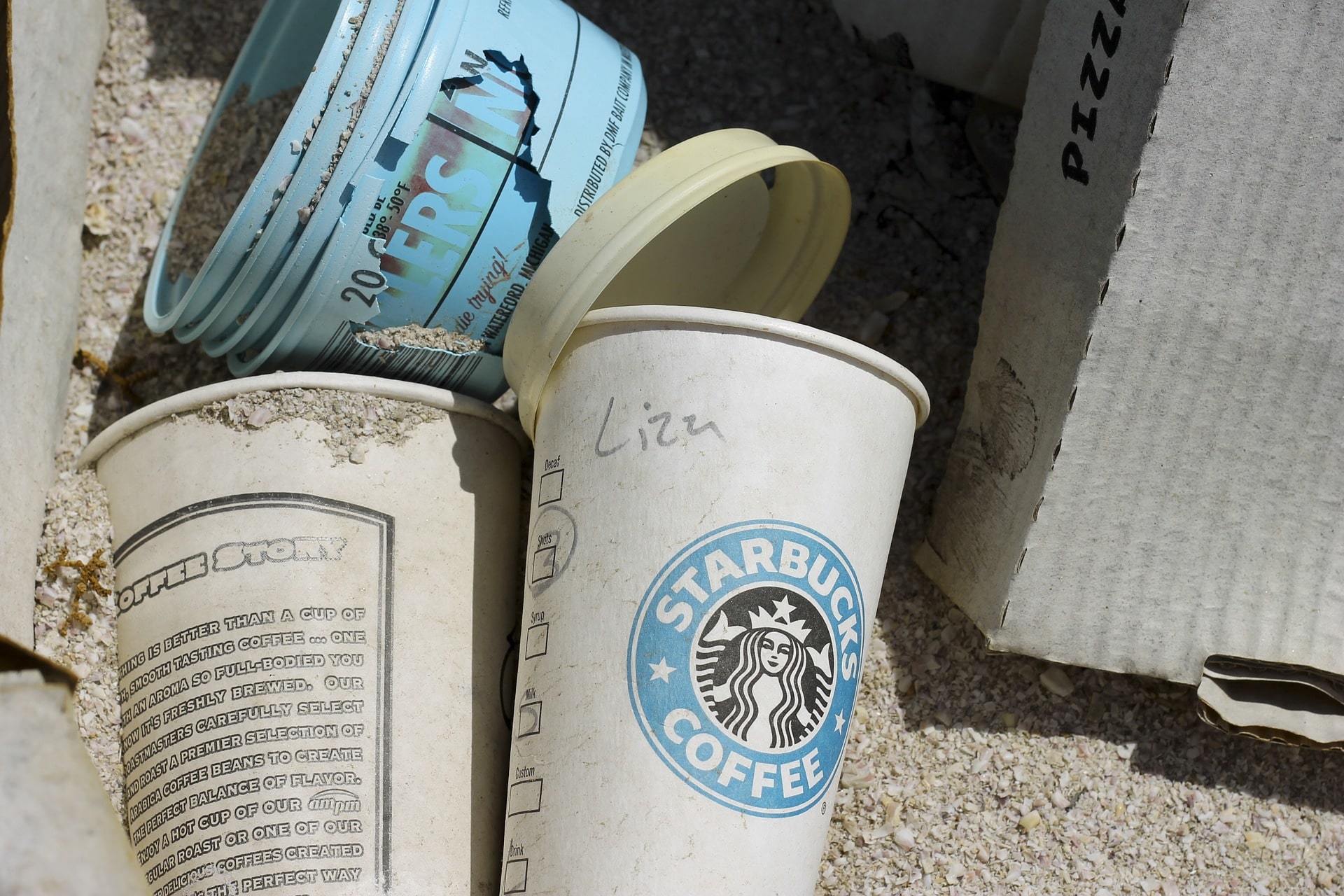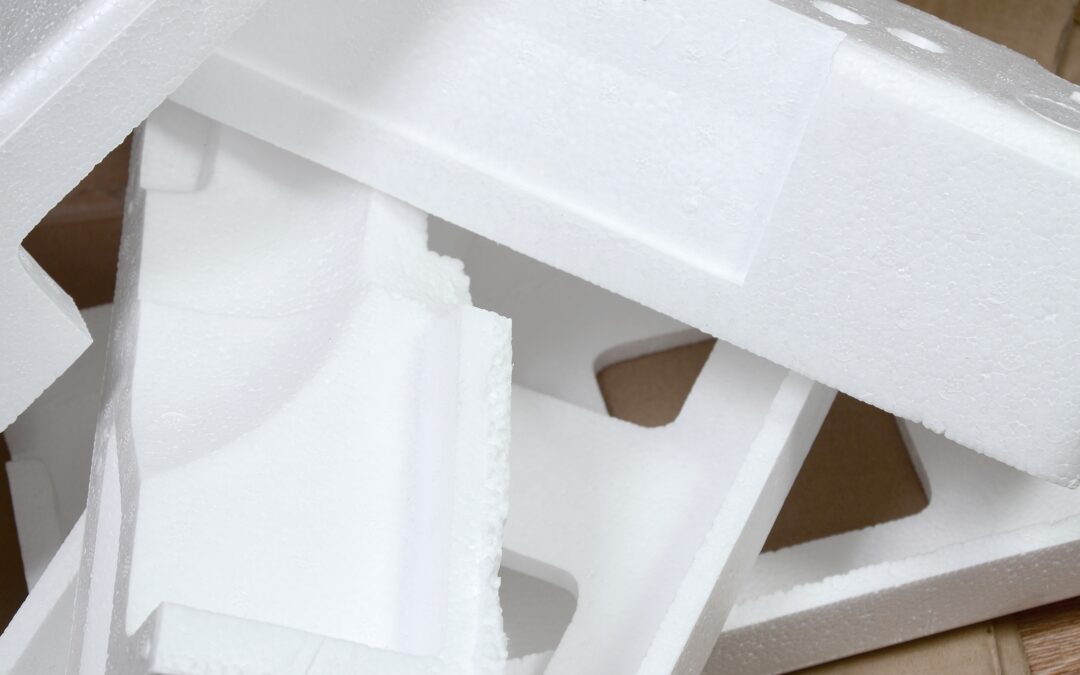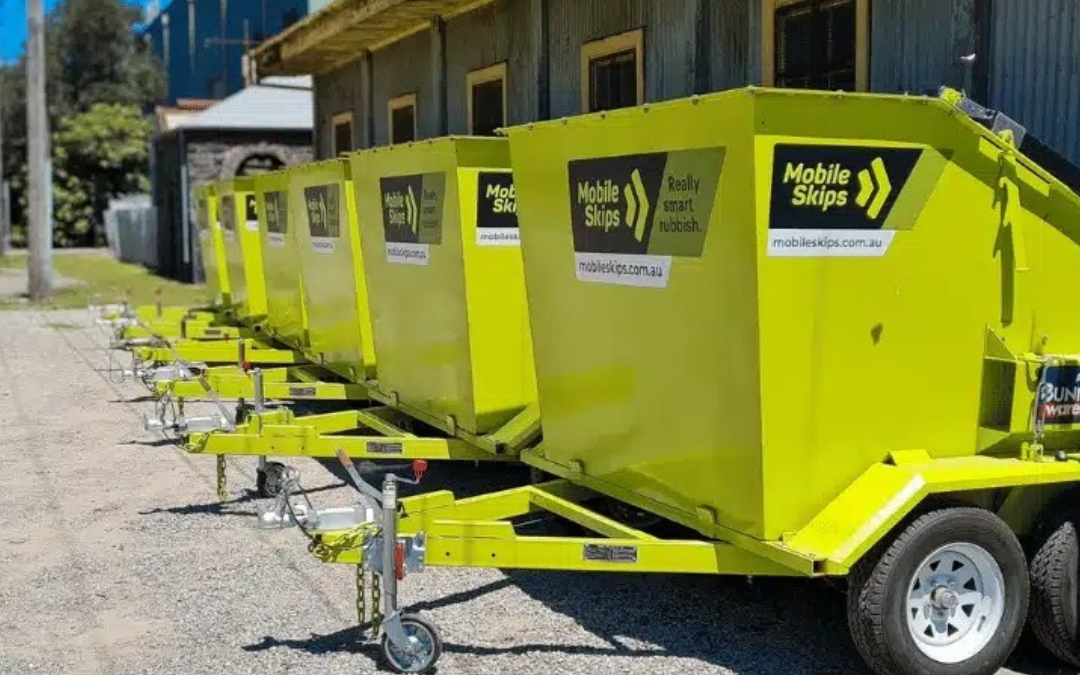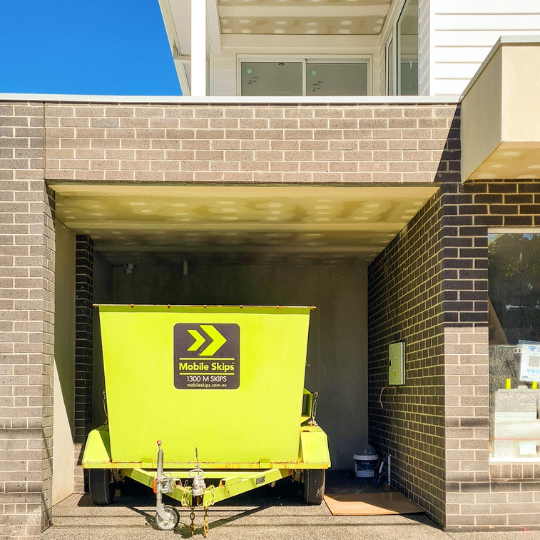Coffee Cup Waste Statics Australia: How much coffee cup wastes are we throwing improperly and what are their effects on our environment? Read on.
Australians are obsessed with coffee. On a hot summer morning or before heading to the office, if one spots an Australian without their coffee cup, there’s something amiss. While coffee is a quintessential part of one’s life, it has created a pressing issue for the environment.
In Australia, coffee cups create an unimaginable amount of waste and eventually harm the environment at an alarming rate. Even though many people feel that coffee cups are made of paper and cannot do much damage, this is, unfortunately, a myth.
Coffee cups may appear to be made of paper but are actually plastic-lined. So, even if they contain plastic in the smallest amount, they become non-recyclable and thus act as pollutants. Moreover, they are produced in large numbers and very hard to limit due to excessive coffee consumption in the country.
Another reason why coffee cups are wreaking havoc on the environment is that the number of takeaways has gone up in the past few years. This has reduced the number of dine-ins and thus the use of glass containers.
In Australia, the waste accumulated due to coffee cups has created a situation so scary that companies have started working on sustainable methods to undo the damage caused so far. Read on to take a further look at coffee cup waste stats in Australia and what’s being done to restore the environment.
How Much Waste Is Being Created?
The worst characteristic of a disposable coffee cup is that it is produced for single use. Even though it undergoes an elaborate production process, it is thrown away as waste just after a beverage stays in it for less than a few hours.
Coffee cups make for the second-largest waste material in Australia. These little devils are not far behind yet another polluting item, the dreaded plastic bottle. According to recent statistics, people in Australia dispose of 50,000 coffee cups every 30 minutes.
Since recycling soft plastic cups like coffee cups is not a common practice, this unusual amount of waste has amounted to 2.7 million waste paper cups in one day and a whopping 1.2 billion disposable paper cups in a year.
While many may be stunned to read these statistics, it is safe to say that the damage has only begun and is here to stay and increase if some action is not taken urgently. What’s more, the surprising statistics revolving around coffee drinkers has somewhat worsened this issue.
As a matter of fact, 75% of Australians drink at least one cup of coffee a day. Plus, the coffee industry in Australia is valued at $8 billion, so the rise in caffeine intake does not come as a shock.
Now, it is evident that increasing coffee consumption has done more harm than good. Even though environmentalists have warned the country of having caused enough damage, the startling amount of waste comprising coffee cups is slowly becoming a serious threat to the planet.
Cups In Landfills
Environmentalists have suggested recycling coffee cups to reduce waste accumulation. However, the material composition of coffee cups has made it incredibly difficult to recycle them.
Since coffee cups are lined with a thin layer of plastic to make them waterproof, they are almost impossible to process and thus end up in landfills. Moreover, these cups are rarely reused by users, and because of this, many more are thrown away just after a single use.
90% of coffee cups amounting to a shocking 60,000 kilograms of plastic in a year accumulate in the landfills in Australia. This is because the coffee cups that are attempted to be recycled are not up to the mark since people are unaware of how to send them for recycling.
Can Coffee Cups Be Recycled?
Standard coffee cups that claim that they’re made of paper are not eligible to be recycled using the traditional recycling method. This is because they comprise polyethylene or a thin line of plastic.
Due to their waterproof nature, recycling coffee cups is almost impossible, but close to 10% still manage to get through the recycling process. During this process, the mills are able to remove several pollutants.
The intricate repulping cycle easily cleans out residues and makes recycling easier. However, when the plastic breaks down, it disintegrates into flakes that cannot pass through fine screens. Thus, many companies avoid recycling paper cups since all they cause is a clogged filter!
Several companies claim that their coffee cups are compostable. However, this is rarely true. In Australia, the current facilities do not allow the mechanical removal of plastic lining from coffee cups; it becomes tougher to compost or recycles.
Another drawback of these cups is that even if some brands attempt to sell genuine biodegradable coffee cups, it is hard to distinguish them from the ones laced with plastic. Furthermore, this makes it tough to send the cups accurately for recycling or composting.
Additionally, these disposable coffee cups have placed a massive burden on the environment, not just in Australia but across the globe. They have added more waste to the landfills, dangerous emissions to the atmosphere, and contributed to alarming waste management statistics.
Now, environment and waste management experts have proposed only one plausible solution that every individual coffee drinker can refer to. They have advised against using disposable coffee cups. Instead, it is recommended to carry reusable mugs or cups to avoid single-use plastics.
Sustainable Alternatives To Coffee Cups
Even though paper cups may seem like the epitome of convenience, they are also causing the most nuisance to the planet. Now, as a coffee drinker, it is impossible to limit consumption or avoid takeaways. However, there are ways to be responsible for the planet.
- Limited Takeaways: It is recommended that people should be urged to dine in and drink in glasses or ceramic mugs instead of opting for a takeaway when time constraints are absent.
- Biodegradable Coffee Cups: Sustainable cups made from forest paperboard are excellent alternatives to disposable cups. They are easily recyclable and can also be used for planting saplings or simply reusing.
- Carrying Mugs: Coffee consumers must be advised to carry their personal mugs or cups for their daily coffee intake. This will greatly reduce the number of cups that end up in landfills. Plus, it will result in a decrease in harmful emissions.
Educating The Citizens
From A-list celebrities to the common folks, Australians hold their coffee very dear. However, this excessive love of caffeine has led to the sorry state of landfills and the environment due to the unending number of coffee cups being disposed of.
Thus, it is important to make citizens aware of the harmful effects of plastic on the environment. Plus, one of the ideal steps that Australians can take to tackle this environmental issue is to help with the recycling process.
As part of their efforts to take action, people can personally collect and send their used disposable coffee cups to recycling stations. This will make the task of authorities easier and will help make the process faster and more efficient.
Lastly, people must prefer brands that promote, produce, or sell biodegradable coffee cups to inspire healthy competition among other brands and establish a consumption pattern.
This way, more and more people will be compelled to drink their coffee in eco-friendly cups that do not harm the environment in the slightest.
Endnotes
Most people drink their coffee in non-recyclable coffee cups without the knowledge that this simple act can cause decades’ worth of harm. However, due to the rise in coffee cup waste stats in Australia, it is imperative that people and beverage companies take this matter seriously.
Since coffee cups are discarded in landfills, they pose a danger to humans and innocent wildlife in the state. What’s more, this waste finally ends up in the ocean and also threatens wildlife.
About 40% of marine animals die due to plastic consumption. Further, 100,000 marine mammals are killed due to eating or getting stuck in plastic. These shocking statistics are an indicator of the callousness of humans and the urgency this situation seeks.
As a responsibility to fellow humans and animals, it is crucial for Australians to resort to sustainable means of enjoying their humble cup of coffee each day. This way, their enjoyment is kinder to the environment and its beings.
Summary
With 1.2 billion disposable coffee cups that add to the environmental degradation each year, Australians are fast-becoming citizens with little regard for the earth. The increasing caffeine intake and the rise in takeaways compared to dine-ins have resulted in the excessive use of disposable paper cups.
These paper cups, seldom made of 100% paper, are shockingly laced with plastic to make them waterproof. This characteristic may come across as convenience to many, but it only adds to the misery in reality.
Plastic is not just non-biodegradable but also non-recyclable. Thus, millions of coffee cups that end up in the landfill can never be more than just solid waste. These cups have accumulated over time to create tons of toxic waste that can neither be recycled nor reused for any purpose.
What’s more, this waste has caused marine mammals to die and resulted in many animals becoming endangered due to constant plastic consumption. Unfortunately, this problem is getting worse with no decline in sight.
The only solution rests with the people. If each coffee drinker used a sustainable consumption method instead of the dreadful plastic-lined cups, the earth would receive some respite. However, this can be achieved if people are made aware of the ultimate goal of sustainability.
This guide was brought to you by Mobile Skips®






